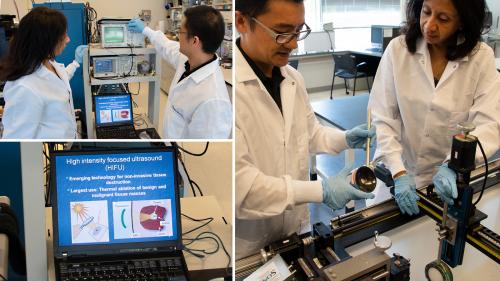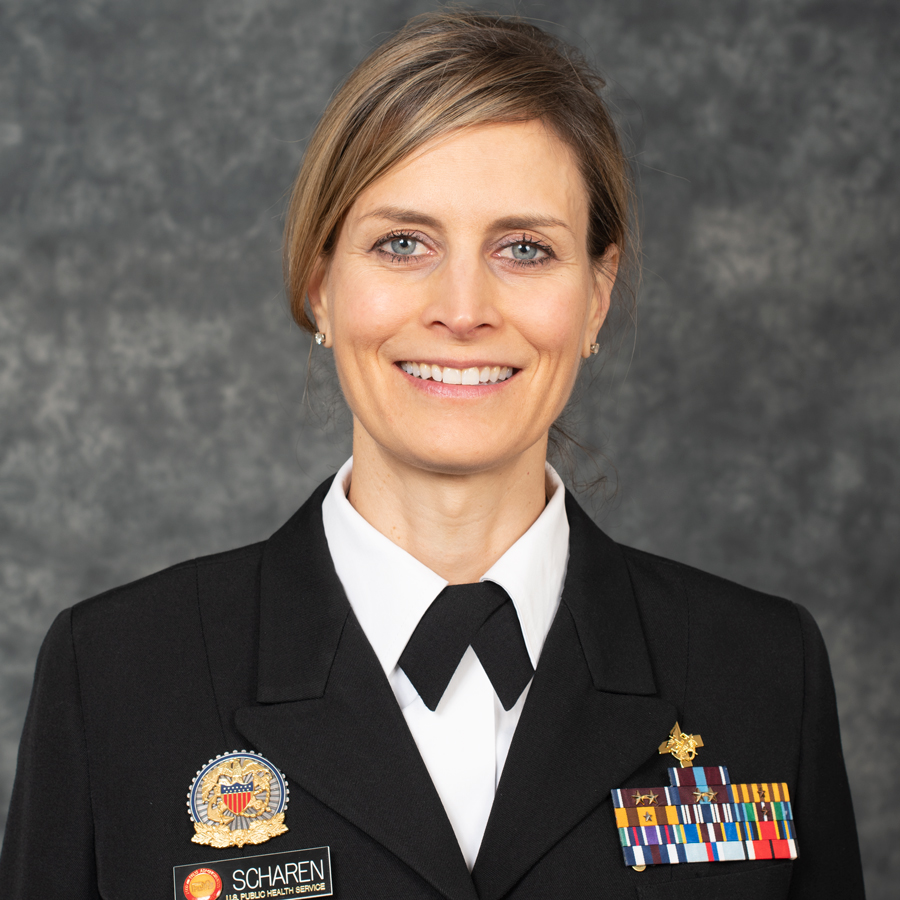How the FDA Uses Science to Speed Medical Device Innovation
The MDDT program streamlines the medical device development and review process.

By: Ed Margerrison, Ph.D., Director, Office of Science and Engineering Laboratories, and CAPT Hilda Scharen, Director, Medical Device Development Tools Program, Center for Devices and Radiological Health
New medical therapies have the ability to change and save lives, and advances in science and technology offer extraordinary opportunities to develop innovative medical products that can lead to better treatments and better care. But what happens when the accelerating rate of technological advances moves faster than the science for evaluating the benefits and risk of those products?
Responding to that challenge is an essential role played by the U.S. Food and Drug Administration (FDA) — helping to ensure that innovation in product development continues, so that patients can get groundbreaking medical products while at the same time ensuring patient safety and that harmful medical devices do not reach the market.
A Program for Advancing Safety and Innovation
One important action the FDA has taken to achieve this goal is the creation of the Medical Device Development Tools (MDDT) program at the Center for Devices and Radiological Health (CDRH). This program streamlines the medical device development and review process by advancing the development and use of scientifically validated and qualified methods, materials, and measurements for assessing how devices works.
Having a qualified tool means that product evaluation can be done more predictably and efficiently by providing innovators with the tools and techniques that FDA has found to be acceptable for their purposes. This can eliminate much of the risk and uncertainty developers often experience in product development.
Predictability also has important implications for the timeliness of the development process. It can help accelerate any phase of the development of a new therapy or diagnostic, from the rapid screening of prototypes to streamlining clinical trial enrollment. In each case, it provides developers with greater confidence in the FDA’s ability to review the data more accurately and quickly and avoiding unnecessary questions.
Before creation of the MDDT program, tools used by developers were evaluated on case-by-case basis — for each medical device submission. This added uncertainty, delay and inconsistency to the process, as well as additional costs and time to innovators and the FDA. That can now be largely averted, and FDA is looking to expand the program to as many areas as possible.
The use of a qualified tool also allows FDA regulators to concentrate on the most important aspects of the process and ensure that the end products are developed in a safe and timely manner. And, by qualifying tools for a specific use, the FDA facilitates their application for multiple medical device submissions and manufacturers, delivering greater efficiency and consistency to the community.
High Intensity Ultrasound Device Qualification Supports Greater Predictability and Reliability
One way to understand the importance of MDDTs is to consider the recent qualification by the FDA of a tool for High Intensity Therapeutic Ultrasound (HITU) Devices. Ultrasound has a long history as a medical device, with investigative products dating back to the 1940s. The ability of diagnostic ultrasounds to image in real-time, combined with its excellent safety record and modern-day portability, have led to its prominence worldwide.
Recently, the development and use of new technologies in this field, such as HITU as a minimally-invasive therapeutic tool, have been accelerating. Marketed devices now permit the treatment of certain cancers, uterine fibroids, and essential tremors, while clinical investigations into the treatment of many other brain disorders and various cancers are ongoing. These new uses represent promising advances for patients, but they also require precision to use them safely and effectively to achieve the desired effects.
In response to these developments, FDA scientists in CDRH’s Office of Science and Engineering Labs (OSEL) have developed a material that can be used to mimic the behavior of tissue in a laboratory so that the effects of novel HITU devices and approaches can be assessed in a more reliable and predictable way. The mimic, known as a phantom, has recently been qualified as a MDDT. Device developers can now use this MDDT to help test the safety of their HITU device before exposing human patients in clinical studies. Understanding how their device performs early in development allows developers to improve a device’s safety and make other modifications before moving to the next phase of development so those devices can be as safe as possible when they reach the market.
The FDA developed the new technology after observing a trend of increasing premarket submissions using HITU for a variety of treatments. FDA scientists focused on creating a standardized testing method for the developers who had been using their own individual formulations to develop phantoms or other methods of testing their devices.
The newly qualified tool can be used by the entire device development community. And, with this qualification, CDRH has now qualified MDDTs in every category of the program, which includes clinical outcome assessments, biomarker tests and nonclinical assessment methods. This means device developers can develop their products with increased confidence in the regulatory approach, and a faster and more transparent process.
Safety and effectiveness in new medical therapies are two sides of the same coin. It is the FDA’s mission to improve both. As technology continues to advance, so will the medical devices used by patients. By staying ahead of these changes and understanding and helping to shape the science that supports these advances, the FDA will continue to spur medical device safety and innovation, while ensuring that devices are safe and effective before they reach patients.


